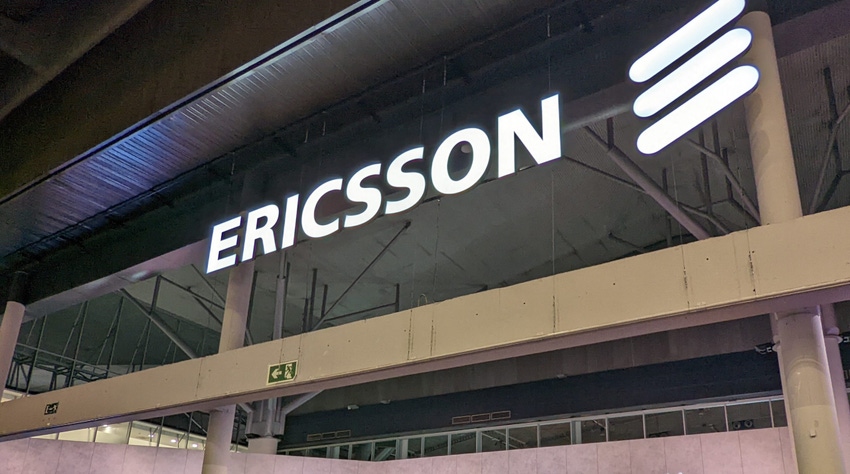Ericsson goes green with Optus kit and financing framework
Ericsson has established a new financing framework to cover future investments in energy efficient technologies and renewable energy, the announcement coming a day after it shared details of the rollout of an energy efficient RAN site with Australia's Optus.
December 20, 2022

Ericsson has established a new financing framework to cover future investments in energy efficient technologies and renewable energy, the announcement coming a day after it shared details of the rollout of an energy efficient RAN site with Australia’s Optus.
We already knew this, but energy efficiency is clearly high on the agenda for the Swedish kit maker.
Ericsson said it has set up the so-called Green Financing Framework to enable it to issue green bonds and other green financing instruments. The proceeds will be used only for for investments in energy efficiency and renewable energy.
“Proceeds raised under the framework will include capital expenditures and R&D investments in enhanced portfolio energy performance in our existing 4G and 5G offerings as well as future 6G solutions,” said Ericsson’s Chief Financial Officer Carl Mellander.
“Extending our leadership in energy efficiency is a key priority for Ericsson and of strategic importance for our operator customers,” Mellander said.
Ericsson proved that point earlier this week when it talked up a new energy efficient radio access network site it has deployed for Optus, which earlier this year committed to reducing 25% of its operational emissions and deriving all of its electricity from renewable sources by 2025.
The new RAN will help the telco achieve these goals, because although it is a single-site deployment at present, Optus plans a wider rollout of the technology.
The first RAN site is located in Moorebank, Sydney. It uses lightweight radios and base bands that reduce the consumption of energy by up to 25%, depending on the specific equipment being used and following an upgrade and equipment refresh, Ericsson explained. It did not provide numbers for the specific site in question though.
Optus will now begin upgrading sites across its network, with a view to saving as much as 40 kWh of electricity per day, when coupled with energy-saving software features, the vendor said.
According to Greenpeace – which was vocal in its support of Optus’ renewable electricity pledge, incidentally – Optus is the 38th largest electricity user in Australia, burning through 539 GWh of electricity a year. Against that backdrop, the savings outlined above look like a drop in the ocean, but every kWh saving is a step in the right direction.
“The new RAN we’ve deployed in collaboration with Ericsson plays a critical role in not only the sustainable growth of our 4G and 5G network, but also in contributing to our sustainability commitment to reduce our 2025 emissions by 25%,” said Lambo Kanagaratnam, Vice President, Networks at Optus.
“We are also working with Ericsson to improve their embedded emissions of equipment production and supply, which will be important to our Net Zero ambitions which includes emissions in our supply chain,” Kanagaratnam added.
These Scope 3 emissions, as they are known, are also growing in importance for the big players in the telecoms space, and it’s encouraging to see operator and vendor partners working together to tackle them.
“This new RAN deployment represents an important step toward our mission to be Net Zero across our value chain by 2040 and cut emissions by 50% in our portfolio in use and supply chain by 2030,” said Martin Wiktorin Head of Ericsson Global Customer Unit, Singtel, highlighting targets that have become fairly commonplace across the industry.
Industry stakeholders have been talking a good game on sustainability for some time, and now we’re starting to see some action. There’s doubtless more to come next year.
Get the latest news straight to your inbox. Register for the Telecoms.com newsletter here.
About the Author(s)
You May Also Like








.png?width=300&auto=webp&quality=80&disable=upscale)


_1.jpg?width=300&auto=webp&quality=80&disable=upscale)


.png?width=800&auto=webp&quality=80&disable=upscale)